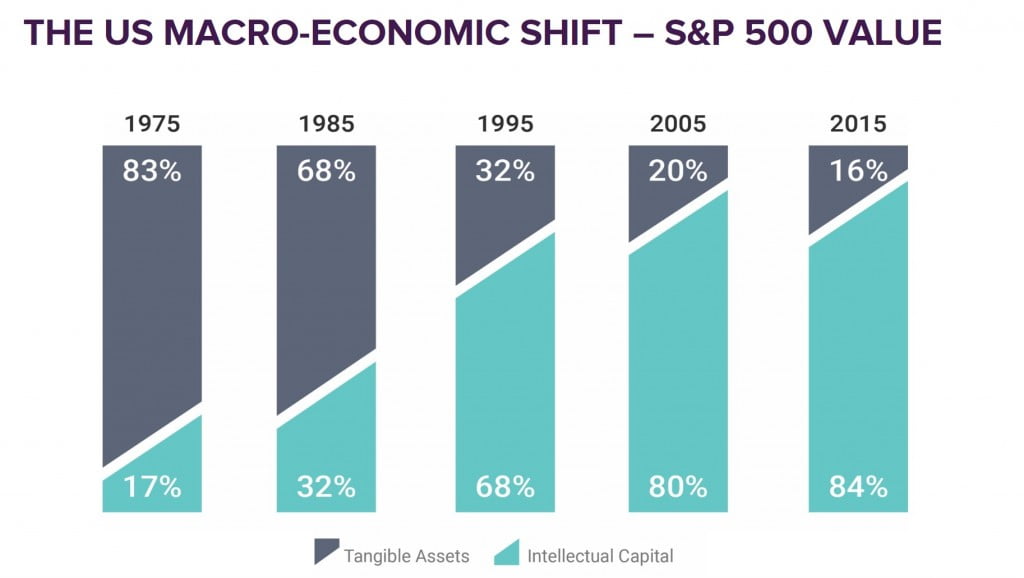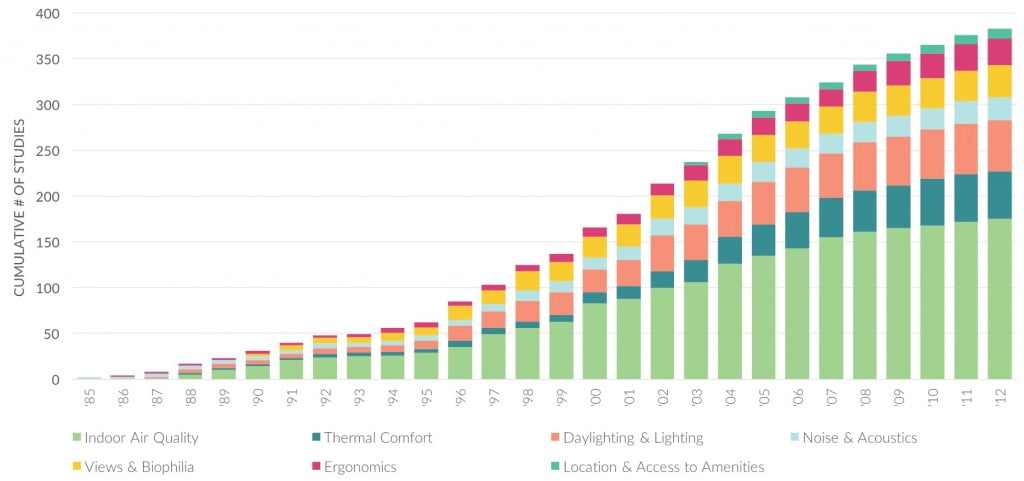Last October, stok, a San Francisco-based real estate firm that works with environmentally and socially-focused brands, presented at the Getting to Zero National Forum in Denver. The conference focused on the latest developments in the relatively new, but rapidly growing net zero energy (NZE) building market.
While a majority of the conference centered around case studies, design recommendations, policy enhancements, and strategies, an additional and arguably more impactful theme emerged around how to value the full benefits of these buildings.
Discovering Value
stok’s presentation in the “Operating at Zero and Delivering Value” breakout session addressed high performance buildings, which are often considered the counterpart of NZE buildings. A high-performance building is one which optimizes building efficiency, enhances the occupant experience, and minimizes environmental impacts from design to demolition. The most common value driver for high-performance buildings to date has been the first part of this definition, as utility and maintenance savings eventually pay for the investment. While operational savings can be significant, these buildings exhibit a potentially larger benefit in the value they can add to the occupant experience.
stok places a high value on this experience and the impact it can have on an organization’s bottom line. As such, stok consistently elevates the importance of employee impacts in project decisions.
The 1-10-100-1000 rule-of-thumb ratio explains this well. For every $1 spent on design, $10 are likely to be spent on construction, $100 on operations, and $1000 on employees, for the life a building. This ratio illustrates that employees are a firm’s greatest cost, as well as their greatest asset, so shouldn’t buildings be designed to reduce this cost and optimize this asset?
Defining Value
Furthermore, the way people value organizations has drastically changed over the past 40 years. Consider the top companies in the U.S. in the S&P 500. In the 70s the U.S. was considered a manufacturing economy in an industrial nation. Today the U.S. is primarily considered a service economy. What is interesting, though, is the change in how we value the S&P 500 in the 70s vs. the 21st century.

An organization’s value was primarily based on its tangible assets in the 70s, but as the economy shifted, more and more organizations were valued based on their intellectual capital – their people.
If more than 80% of a company’s value is based on their people, why aren’t buildings designed to optimize their performance?
Delivering Value
Since the early 80s there has been a growing amount of academic and industrial research conducted to correlate human experiences and performances in varying spaces and conditions. This impressive body of research eventually inspired a green building certification specifically focused on human health and wellness: the WELL Building Standard.
Evidence demonstrating direct correlations between enhanced indoor environmental quality (IEQ) and occupant performance have been studied and known for a considerable amount of time, and the number of studies on these consumer-centric metrics has increased substantially, as illustrated in the chart below from our own research.

What makes this decade different is the ability to track and manage various IEQ conditions. After all, you can’t manage what you don’t measure, but new technologies are allowing organizations to measure, and thus manage, IEQ conditions to help maximize the performance of their spaces. Organizations that take advantage of these new technologies to manage their spaces will be at the forefront of their industry.
To assist with measuring and managing IEQ conditions, stok argues that the seemingly intangible human impacts are in fact quantifiable from a bottom line perspective. A white paper, authored by the company and set to be publically available soon, examines how impacts on productivity, retention, and health can be quantified.
In short, our research has identified that in a 50,000 square foot high-performance commercial building, when the utilities and maintenance savings, increased employee productivity, increased employee retention, and increased employee health impacts are combined, the occupier of this space is likely to see a benefit of $20/sf per year in bottom line profit compared to conventional buildings.
Now that is clear, quantified, and impactful value that must be accounted for in the delivery of high-performance and NZE buildings. If benefits to the occupant are left out of considerations, a key value driver is left out as well.
This post was written by Jeremy Attema. As a member of stok’s Strategy team, Jeremy demonstrates the business case for sustainable and energy-efficient strategies through in-depth financial analysis.

